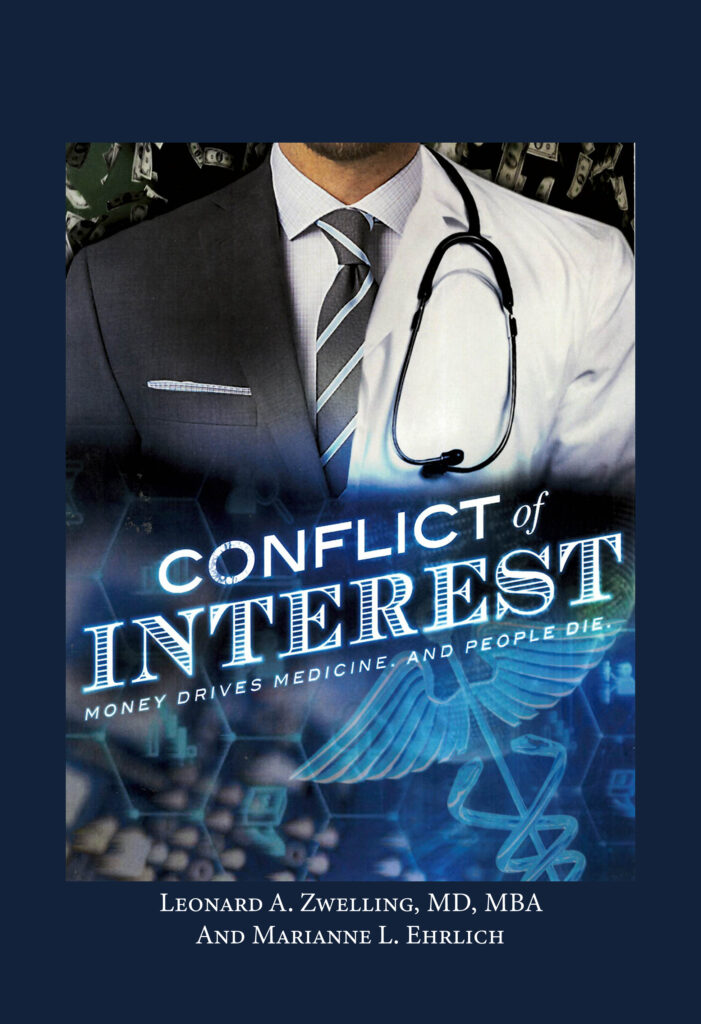Is It A Merger, A Deal, Or An Acquisition? : The Texas Children’s-MD Anderson Pediatrics Joint Venture
By: Leonard Zwelling
https://www.houstonchronicle.com/health/article/texas-childrens-md-anderson-150-million-20326925.php
Recently it was announced at MD Anderson and at Texas Children’s Hospital faculty meetings that the two Pediatric oncology programs would be merging, prompted by a nine-figure gift. Rumors reported the gift to be $300, 600, and 900 million. The donor was a mystery.
A new children’s cancer hospital was to be built on Main Street on the site of an abandoned hotel. This new hospital would rival and surpass St. Jude in Memphis. MD Anderson faculty and nurses would be migrating to the current TCH unit in early 2026 with the Adolescent and Young Adult Service to remain at MDA, caring for all patients older than 26 years of age. All radiation and proton therapy would continue to be administered at MDA. The current MDA pediatrics research faculty would remain at MDA. It was stated that the MDA faculty would remain MDA employees.
However, in my mind some questions surely emerge. Will the MDA faculty remain part of the MDA Physicians Referral Service and be eligible to receive the annual SAP, maintain the UTS healthcare and retirement benefits, their accrued PTO, and EIB time? What will happen to physicians who see patients and have a laboratory?
Another big question for me is, if the new hospital is estimated to take 5-6 years to build, what is the hurry to move the MDA faculty to TCH now? Why do all pediatric cancer patients need to be seen and cared for at TCH now when MDA has excellent in-patient and out-patient treatment facilities for children, and world class oncology surgeons? The MDA Pediatric ICU faculty are focused on taking care of the critically ill child with cancer, who have different needs than children suffering from cardiac disease, drowning, or trauma. These acutely ill cancer patients will be merged into the TCH general ICU population.
The article in the Houston Chronicle above sheds a little light on the issue. The actual amount of the gift is $150 million from the Kinder Foundation and the new hospital will be “The Kinder Children’s Cancer Hospital.” The five-year timeline for the new building is about right, although there is a need for another $850 million to fully fund the building and staff it. There was a statement in the article from the MD Anderson president, Dr. Peter Pisters, that the patients in the new hospital are not “sent like a ball inside a pinball machine to different components of the organization, the way cancer care is delivered in other pediatric institutions.” Yet, all surgery will be done in the current Texas Children’s operating rooms, and the radiation therapy is to be done at the current MD Anderson site. Furthermore, the new hospital will be connected to Texas Children’s by a sky bridge, but not to MD Anderson. So much for integrated cancer care under one roof.
So, to summarize what we know and my speculations:
- All the faculty will be at Texas Children’s until the new hospital is built starting some time in 2026.
- All Pediatric cancer patients <26 years of age will be treated and operated on at TCH.
- All radiation services will be at MDA.
- The small number of adolescent patients > 26 years of age, who are too old to be cared for at TCH, will be seen at MD Anderson by the MDA Pediatric faculty. (My speculation/prediction is that these AYA physicians will be fused into Cancer Medicine and the remaining lab investigators dispersed into other basic science departments).
- If you had to bet, would you think that the Pediatric MDA faculty will remain MD Anderson faculty/employees after September 1, 2026? Me neither.
This is being called a joint program. In my opinion, it is not. To me, this is an acquisition of the pediatric cancer care at Anderson by Texas Children’s. It leaves the children’s cancer service at Children’s Memorial Hermann Hospital (a UT Houston-affiliated facility) in limbo as the children’s cancer care at Hermann was provided by the MD Anderson faculty. It leaves the Pediatric surgeons from Hermann, who have provided the surgical care at the MDA facility for more than 40 years, in limbo. This does, however, give Dr. Pisters an entire hospital floor to fill with adult patients who make him more money. It also off-loads from Anderson the cost of pediatrics which has always been a loss leader. Pediatrics at Anderson rose high in the U.S. News and World Report national rankings for children’s cancer care about ten years ago, and then fell since. There was a time when there were at least four MD-PhD faculty in pediatrics and an MD researcher division head who discovered a treatment for cancer in children. There may be one MD-PhD in pediatrics now and other than that lone MD investigator who used to be the Division Head and is still my wife, I doubt anyone at Anderson Pediatrics has discovered a treatment for cancer in children.
Don’t let the newspaper and press releases fool you. This was an acquisition deal that Texas Children’s has sought for decades and which Dr. Pisters was more than happy to make as it will surely improve his bottom line.
The sad part is that a tradition of research-driven patient care in childhood cancer is ending at MD Anderson. Whether the need for a billion dollars to make this program a reality is fulfilled in the next few years will be interesting to watch. But for all intents and purposes, pediatrics at MD Anderson is no more. The article so much as says this.
On a personal note, this is obviously of concern for Dr. Kleinerman and for me. I watched her build the Division of Pediatrics into exactly what Drs. Mendelsohn and Kripke wanted it to be when she was initially tapped for the job—small, but elegant and a true contributor to MD Anderson’s research-driven patient care.
Both of us have now watched as the departments we built were torn down. It is the nature of academic medicine and perhaps the world in general. Someone builds something. It becomes successful. Someone else replaces it.
As Texas Children’s now takes the lead in children’s cancer care in Houston, let’s hope this new hospital really does fulfill the goals expressed by the leaders of both institutions. But let’s remember, it is unlikely that children’s cancer will be eradicated by this joint venture. Let’s hope that new and better treatments are developed by the faculty of this new venture. As far as I can tell, the last real new treatment emanating from MD Anderson Pediatrics was developed by Dr. Kleinerman and that was many years ago. The real question for those proponents of this new venture is pretty much the one that faced Dr. Kleinerman in 2001. What will this new joint venture in pediatric oncology contribute to eradication of children’s cancer?




